Up until this week Ziggy has only allowed us to sit and watch her if we give her a piece of food too large to fit in her den. She would sit out on her "porch" and eat but then retreat inside and want nothing to do with us. As I mentioned above this past weekend she started showing up on the glass early in the morning and allowing us to see her out but curled up on the glass.
Next we started finding her away from her den at supper time, then spread on the glass
And tonight she was a dancing fool
I got the crabs I ordered from Coldwater Marine Aquatics and fed her one that did not survive my initial attempts at putting them in a tank. She was hesitant to take it and I have yet to see the empty carcass but she either really liked the crab, got high from eating it or just turned 5 months old
Note: The ending is not spliced, the dog came into the room
Next we started finding her away from her den at supper time, then spread on the glass
And tonight she was a dancing fool
I got the crabs I ordered from Coldwater Marine Aquatics and fed her one that did not survive my initial attempts at putting them in a tank. She was hesitant to take it and I have yet to see the empty carcass but she either really liked the crab, got high from eating it or just turned 5 months old
Note: The ending is not spliced, the dog came into the room

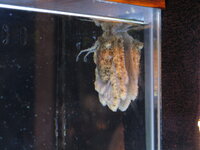
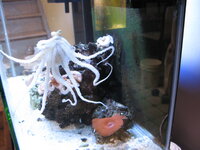
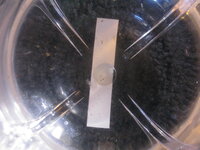
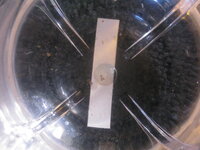
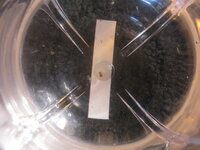
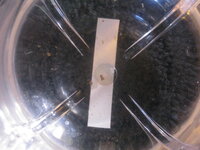
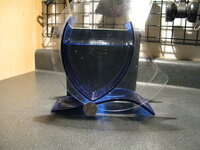
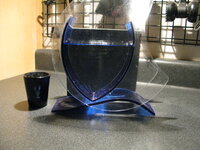
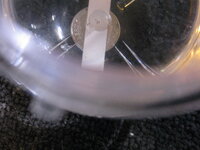

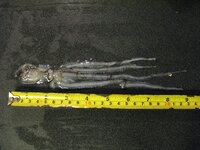
 Rip Ziggy.
Rip Ziggy.